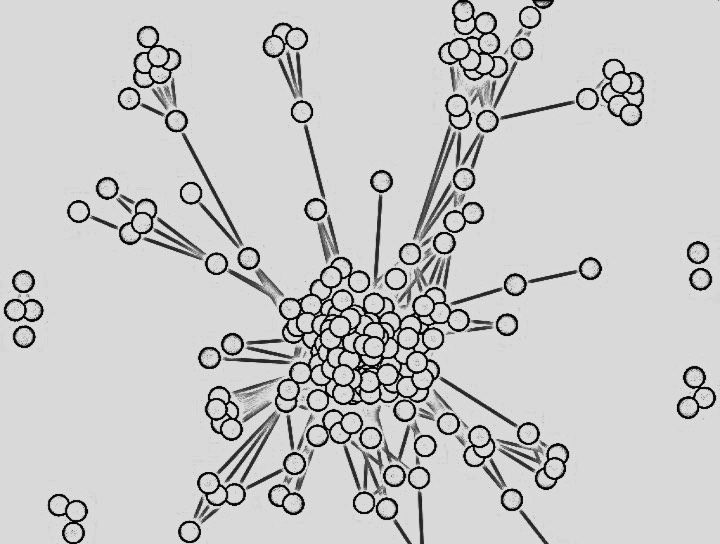Postdoc John Casey continues to work closely with MIT-CBIOMES Group PI Mick Follows on research combining quantitative proteomics, flux balance analysis, and molecular modeling of membrane transports to develop a steady-state model of microbial acclimation to substrate limitation. A paper by the same name was recently published in PLOS Computational Biology.
Reporting by Helen Hill for CBIOMES
“The mechanics of resource-limited microbial growth is a fundamental focus in cell biology and biophysics where physiological acclimation plays a key role in how the microbial growth rate depends on the availability of a limiting resource,” Casey explains, “but progress has been mostly rooted in theoretical studies due to a lack of relevant experimental data.”
In light of new quantitative proteomics data that disagree with current models, Casey and Follows decided to revisit the physics of substrate transport and propose a model for the steady-state scenario, assuming cells have acclimated to maximize fitness.
“Microbes acclimate to changes in substrate availability by altering the number of transporters on the cell surface, however, there are two conflicting views about how,” says Casey.
“One view says that, at very low substrate concentrations, the diffusive flux is low so that very few transporters would be required to match uptake rates to encounter rates. In that case, as substrate concentrations increase, uptake rates become limited by the number of transporters, so more are synthesized,” Casey says. “Another view, though, predicts the opposite; at low substrate concentrations the encounter rate is limiting, so high transporter abundance is favored, while at higher concentrations resources are allocated for use elsewhere in the proteome.”
To reconcile these opposing views the authors apply a flux balance analysis of a stoichiometric model of Escherichia coli in conjunction with quantitative proteomics data and molecular modeling of membrane transporters. From it, the pair find a critical substrate concentration S*, which delineates two rate limits. “At concentrations above S*, transporter abundance can be regulated to maintain uptake rates as demanded by maximal growth rates, whereas below S*, uptake rates are strictly diffusion-limited,” says Casey.
“Depending on the design of the transport system, our model for growth-rate-dependence-on-substrate-availability can take on either a hyperbolic shape or a piecewise linear shape, the sharp transition between them arising from a discontinuity which marks a critical substrate concentration, above which physiological acclimation can sustain maximal growth rates, and below which diffusion is strictly limiting,” Casey explains.
Implementing the model in Escherichia coli using a combination of flux balance analysis, molecular modeling, and quantitative proteomics data, Casey and Follows found their predicted kinetics, which they note can be easily implemented for other systems, closely matched experimental observations across a range of carbon substrates.
Publication
John Casey and Michael J. Follows (2020), A steady-state model of microbial acclimation to substrate limitation, PLoS Computational Biology, doi: 10.1371/journal.pcbi.1008140
Get the PDF [Requires login]
Related
Towards a Better Model for the Microbe Membrane CBIOMES News
Links


